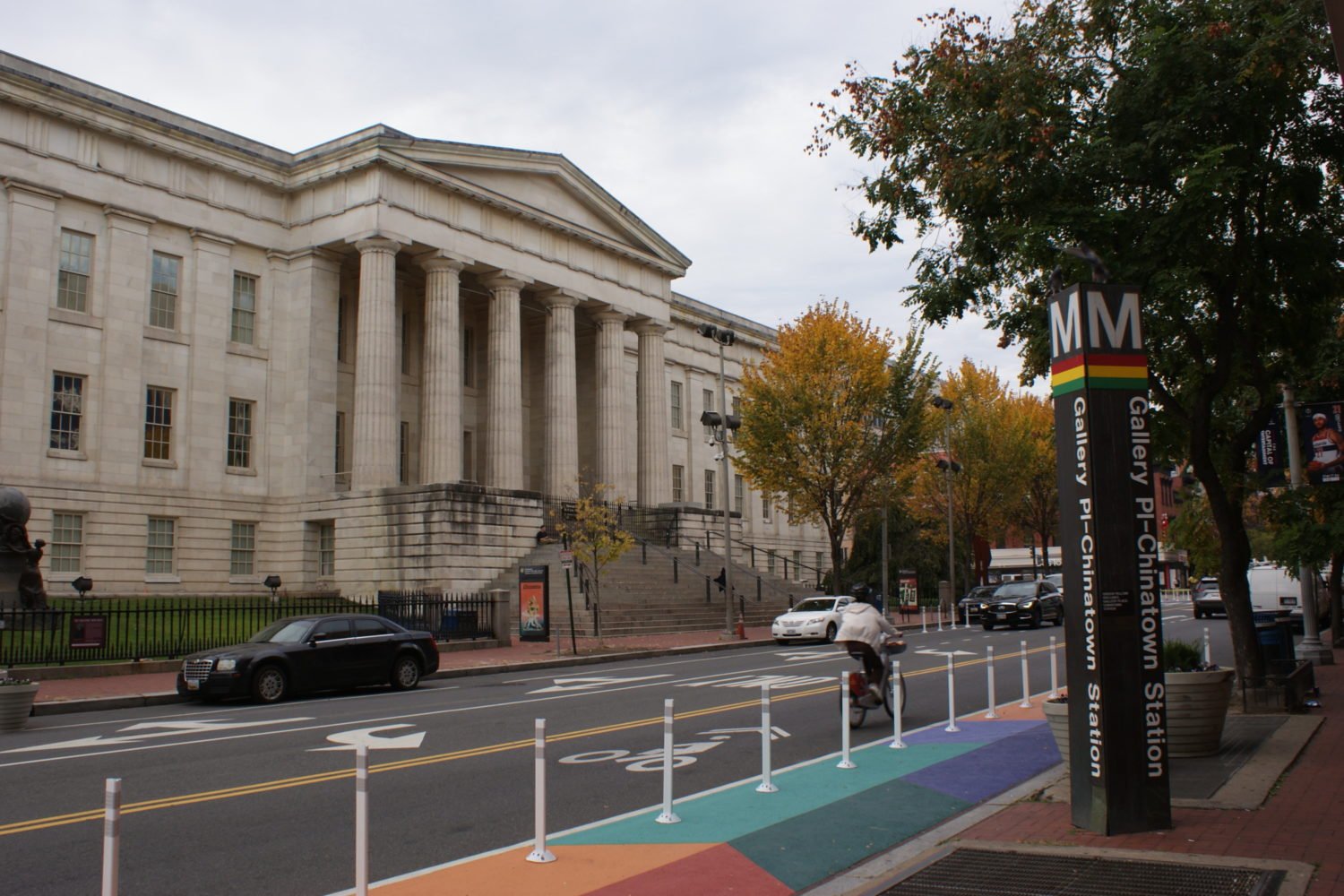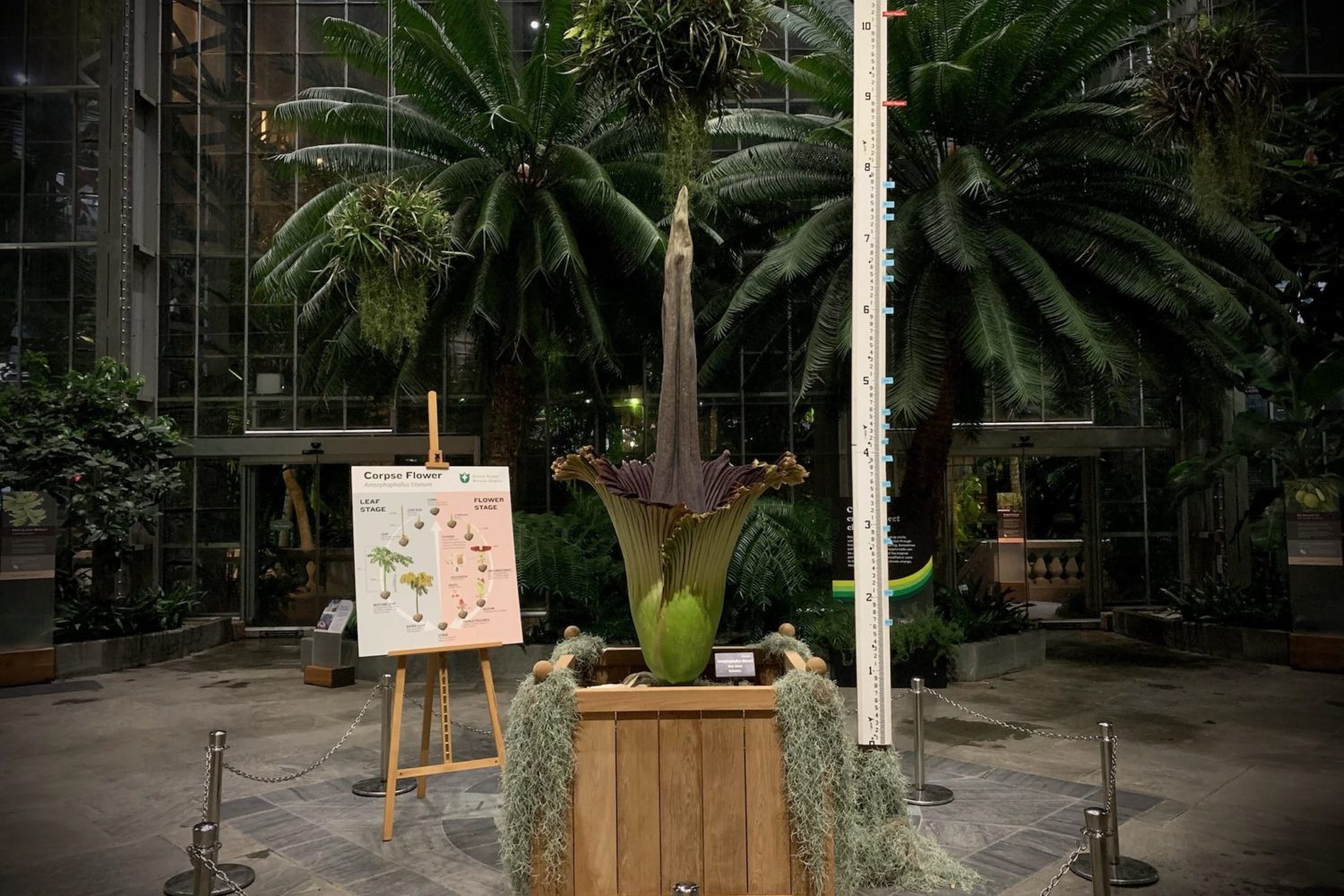
Earl “Rusty” Powell is only the fourth director of the National Gallery of Art. When he arrived in 1992, the museum already had 95,000 works of art, a stunning addition designed by I.M. Pei, and a tradition of blockbuster exhibitions.
Powell has added to the gallery’s luster with more highly regarded exhibitions—including the Vermeer show in 1995, so popular that people waited for hours on a freezing day to see it.
When the Van Gogh Museum in Amsterdam closed for renovations, Powell arranged for 70 of its masterpieces to come to Washington. “Our free passes were sold on the street for more than the price of a Redskins ticket,” Powell recalls. This month an exhibition of the work of Jasper Johns is expected to draw similar crowds.
“The big shows create an interest in the permanent collection,” Powell says. That collection has expanded—including new galleries for photographs and prints. A six-acre sculpture garden and galleries for more than 200 pieces of sculpture have been added.
Powell is bringing the gallery into the 21st century—embracing new technology to widen its impact and audience. The Micro Gallery—a comprehensive interactive computer system—enables visitors to see every work in detail and to learn more about the art.
Powell has also increased the gallery’s emphasis on education and outreach. A children’s Web site, http://www.nga.gov/kids/, encourages young artists to create jungles inspired by painter Henri Rousseau and to design pictures online. These new tools open the arts to many more people. But nothing beats seeing the work up close and in person—and at Rusty Powell’s National Gallery, the best things in life are still free.

















